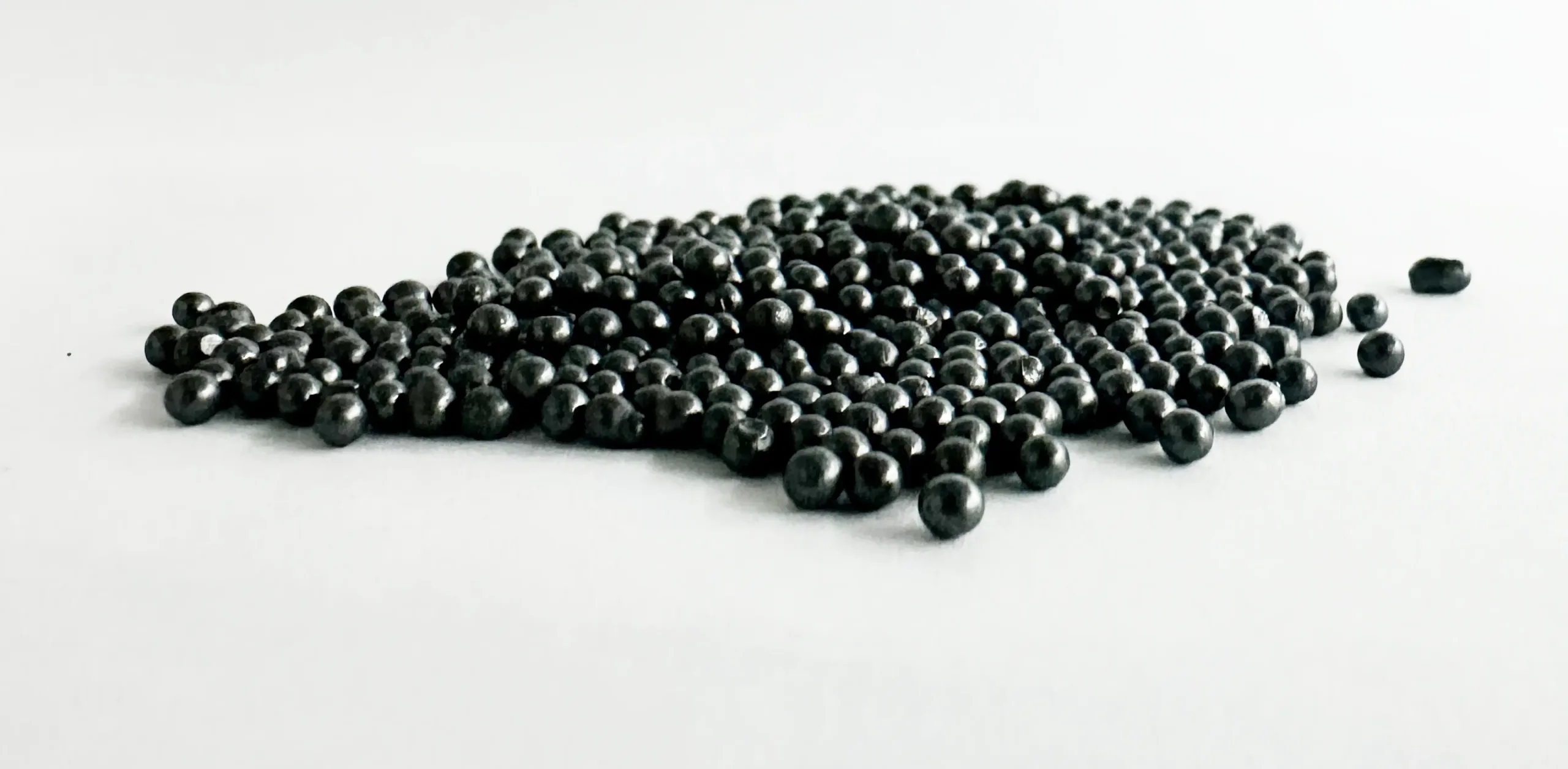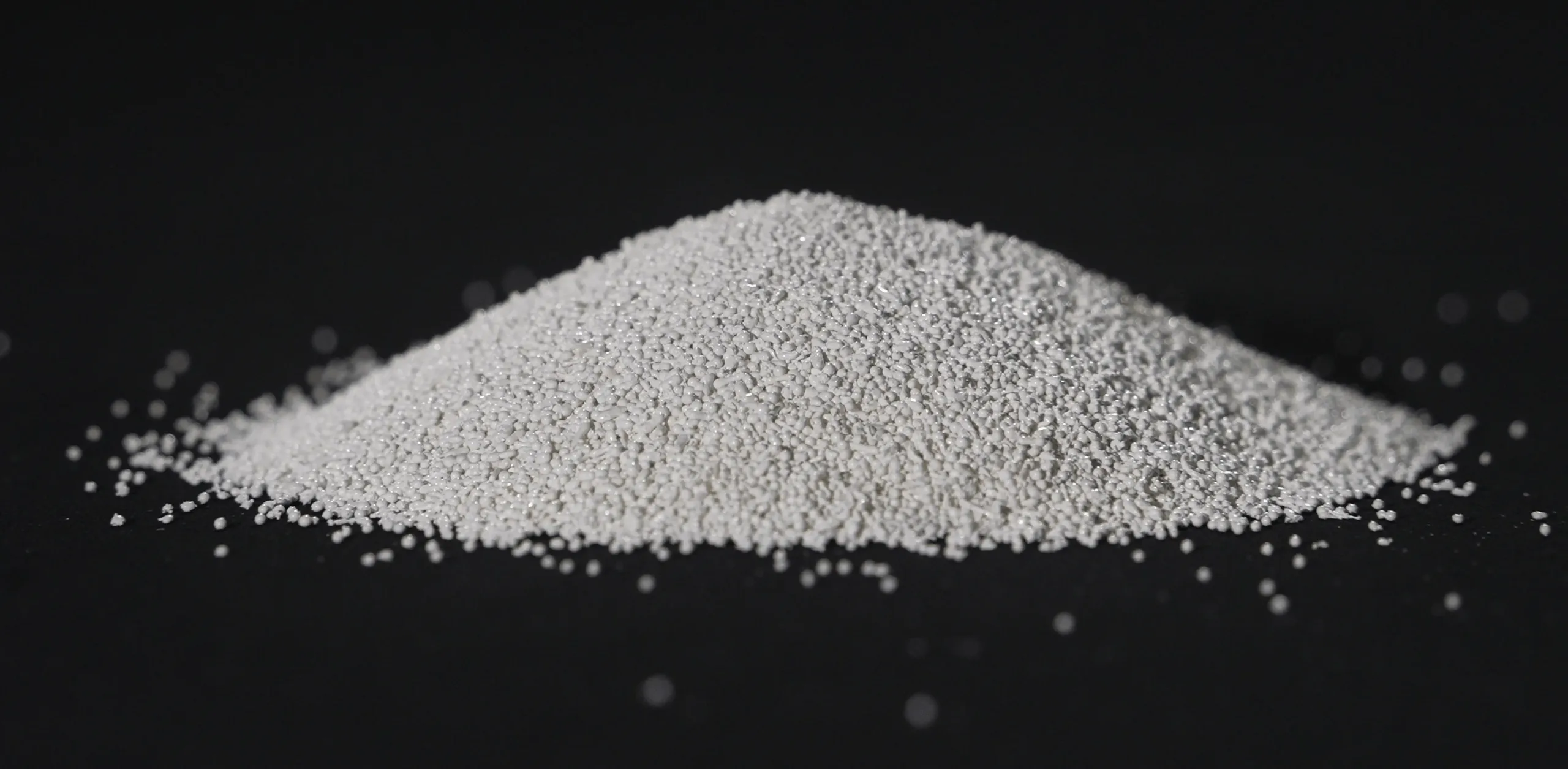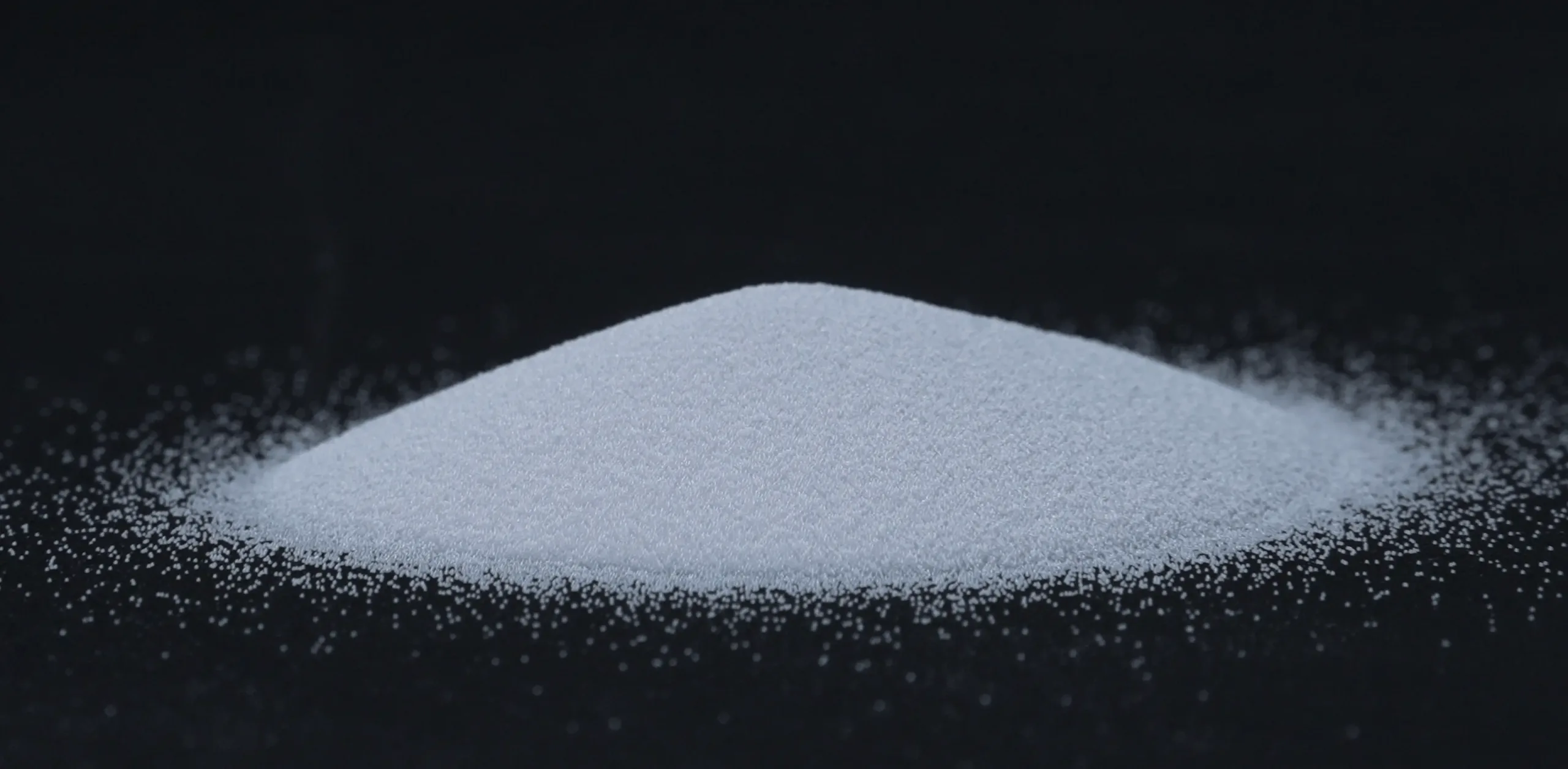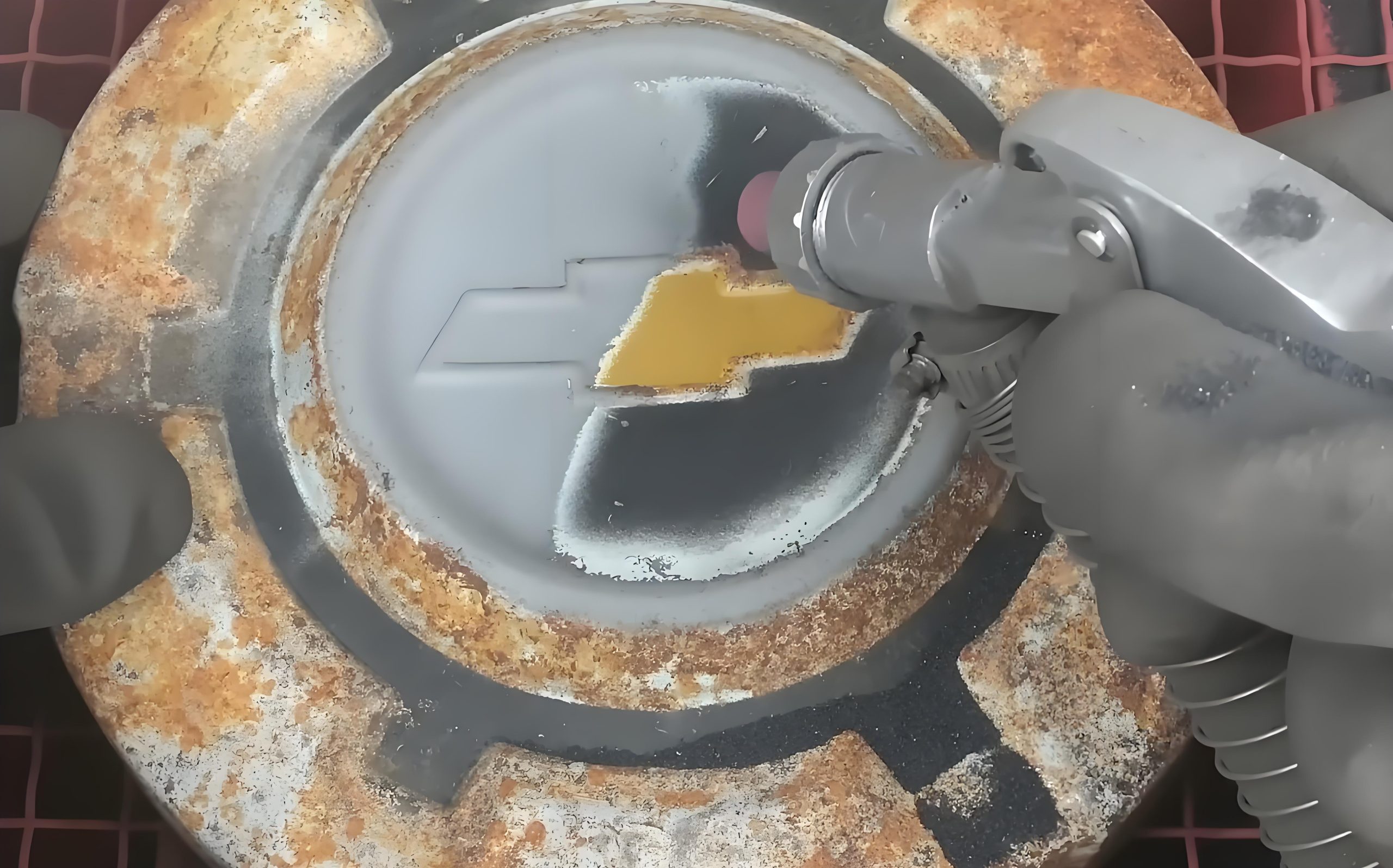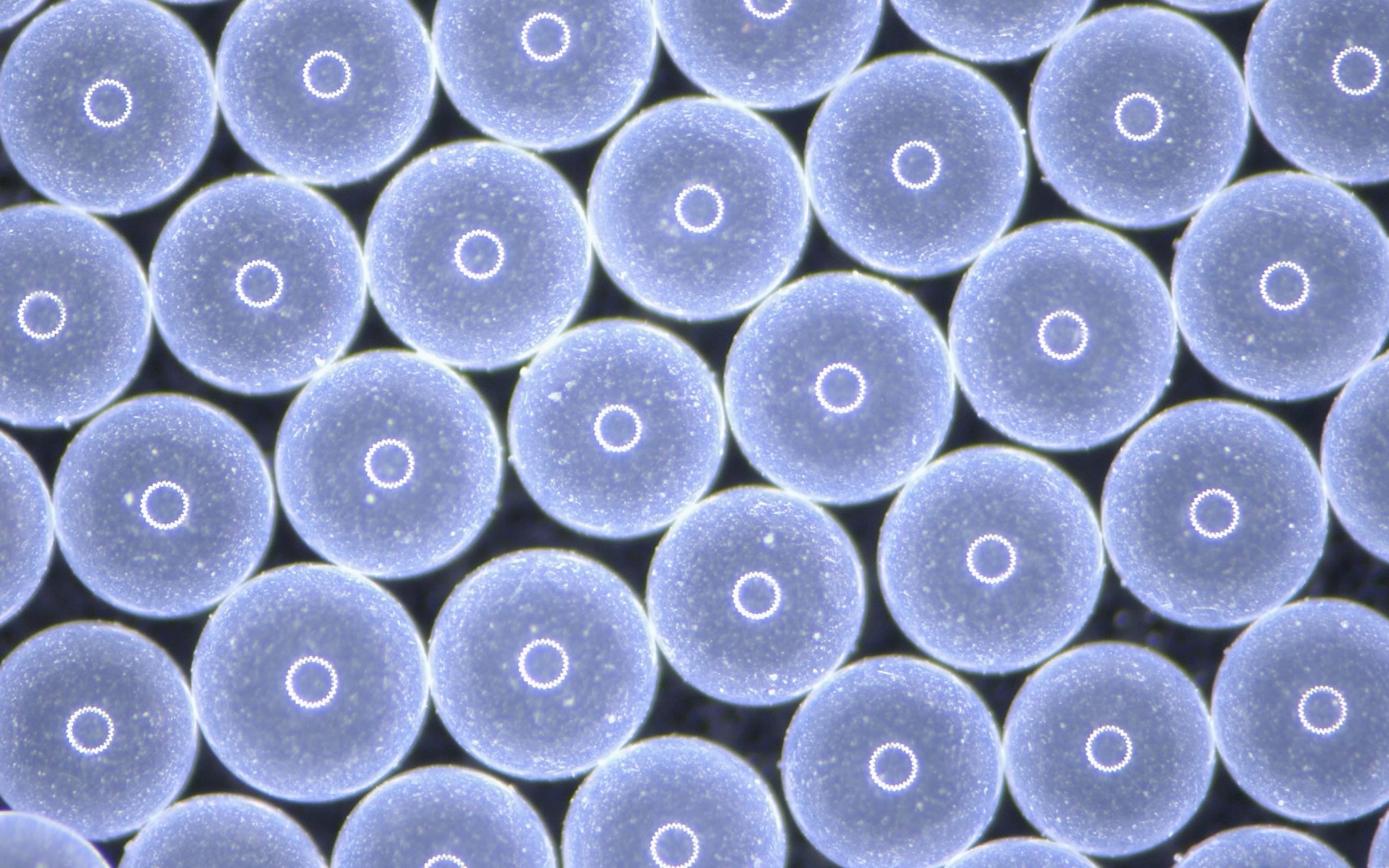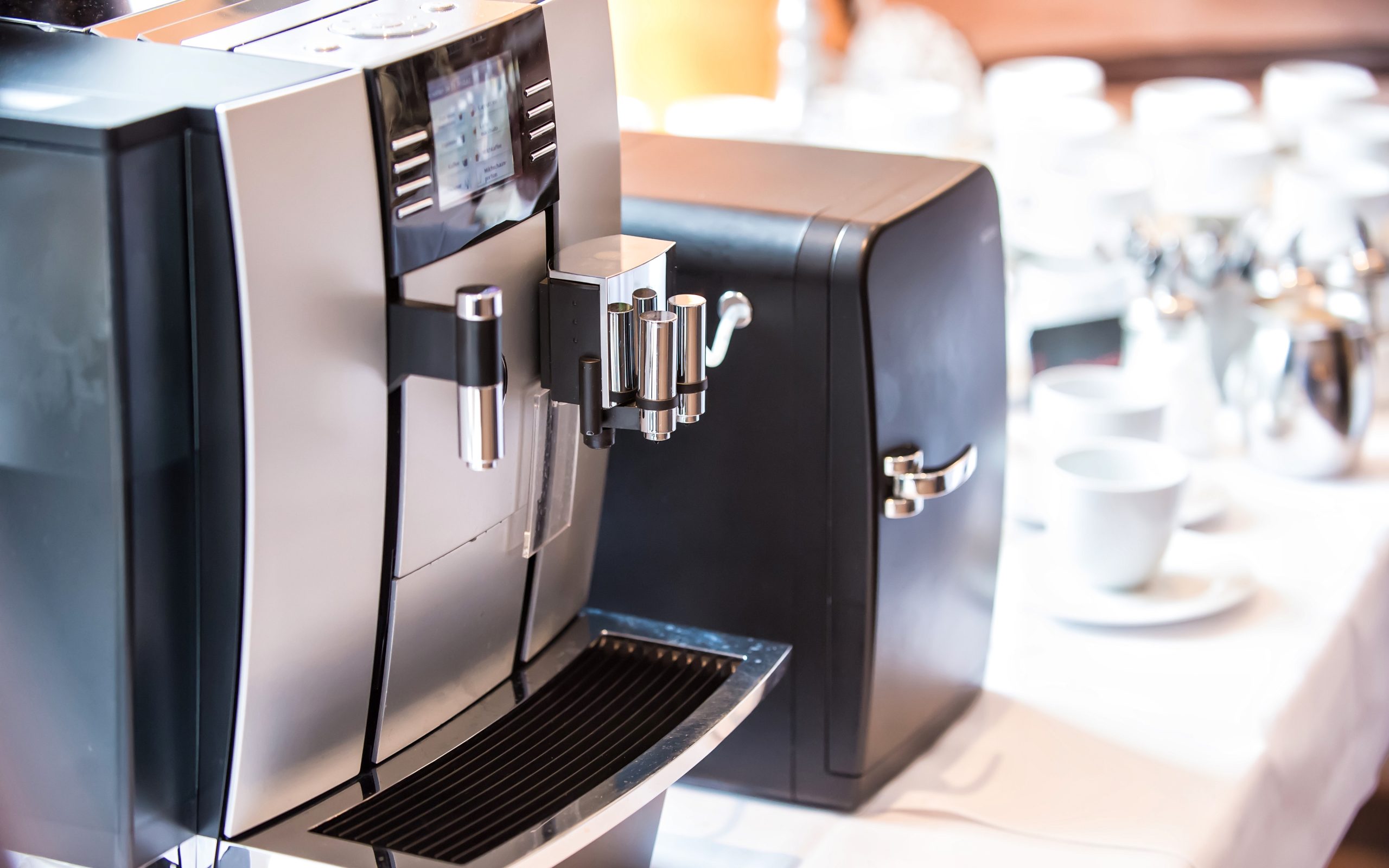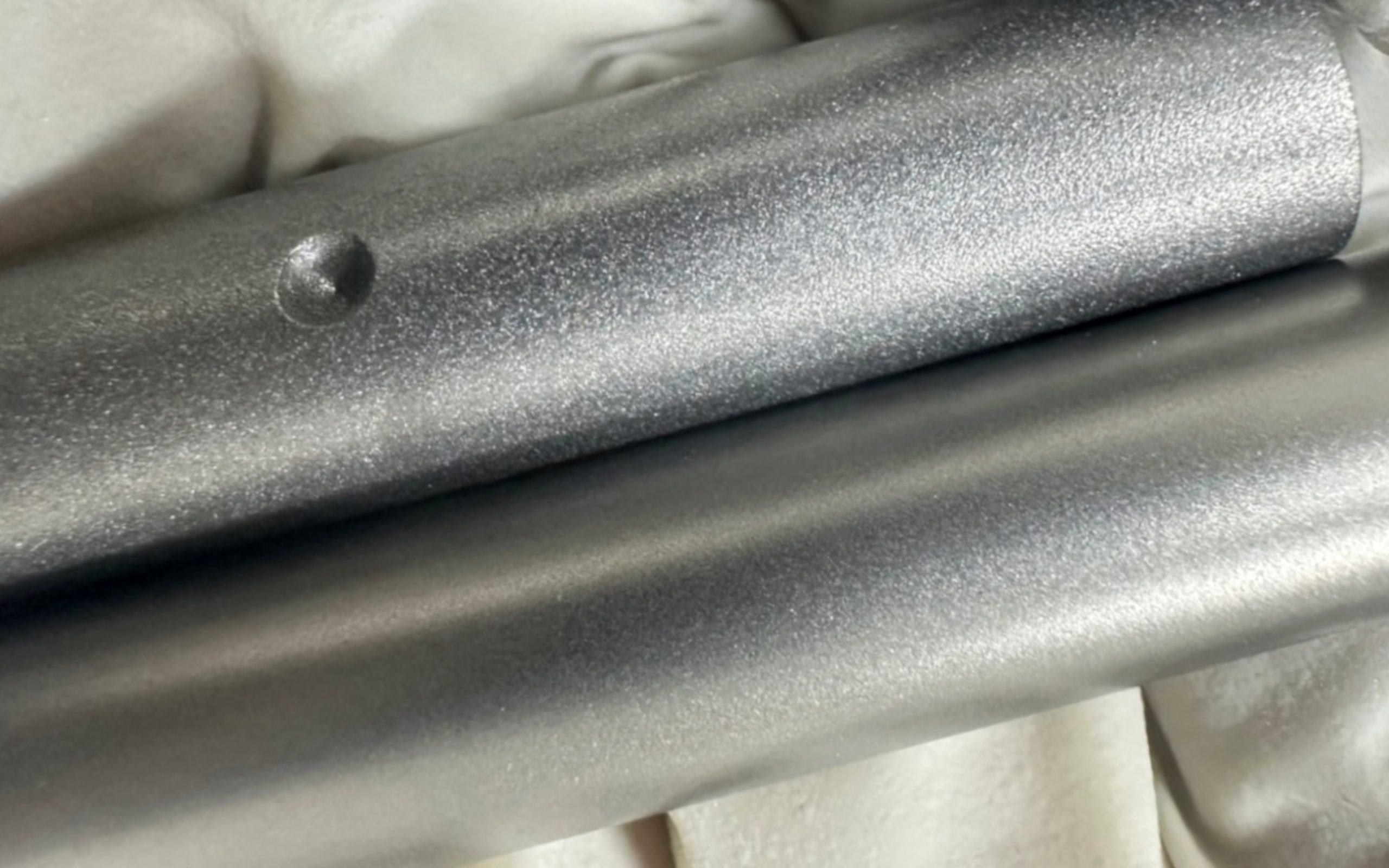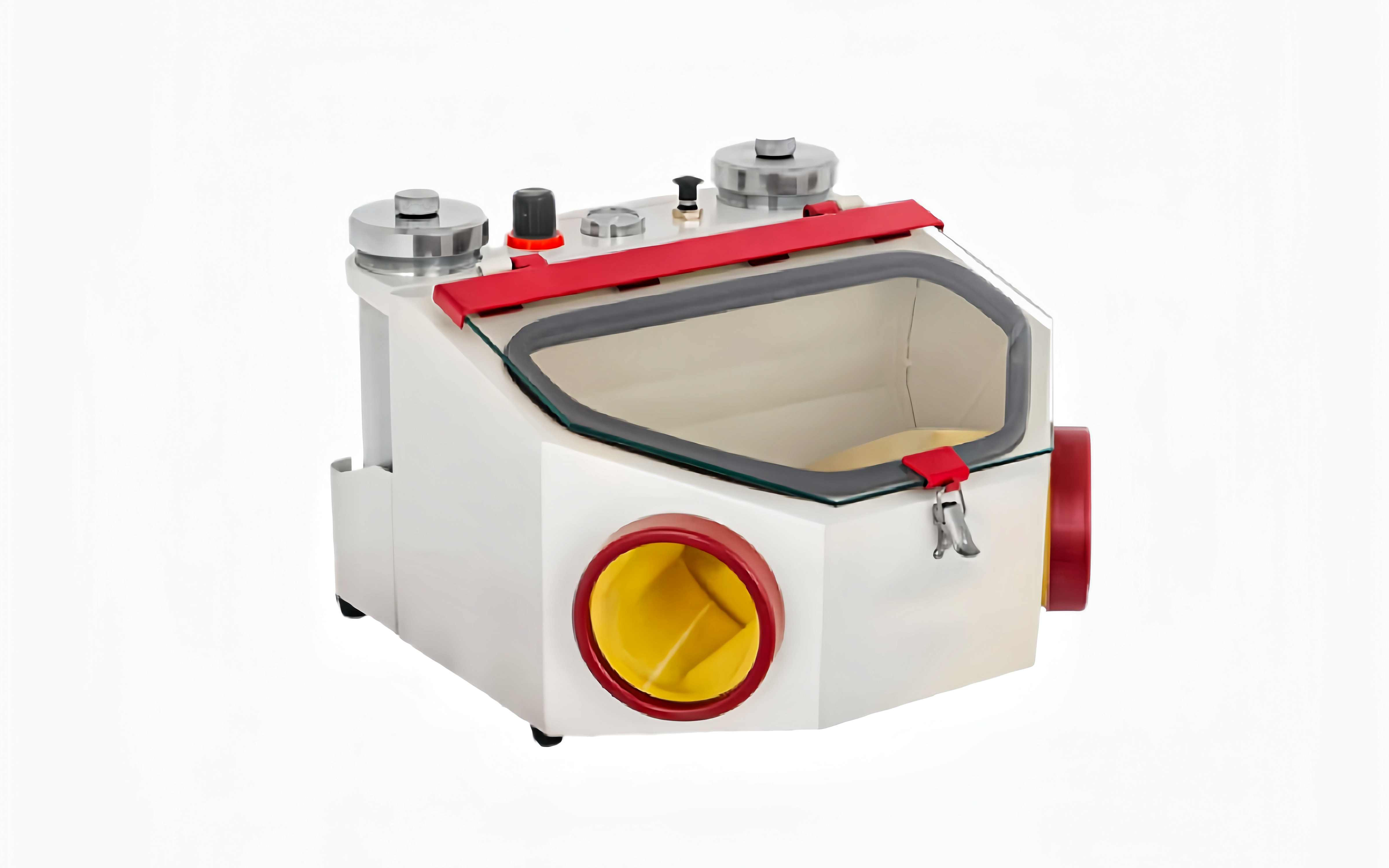Application of sandblasting surface cleaning
October 22, 2024
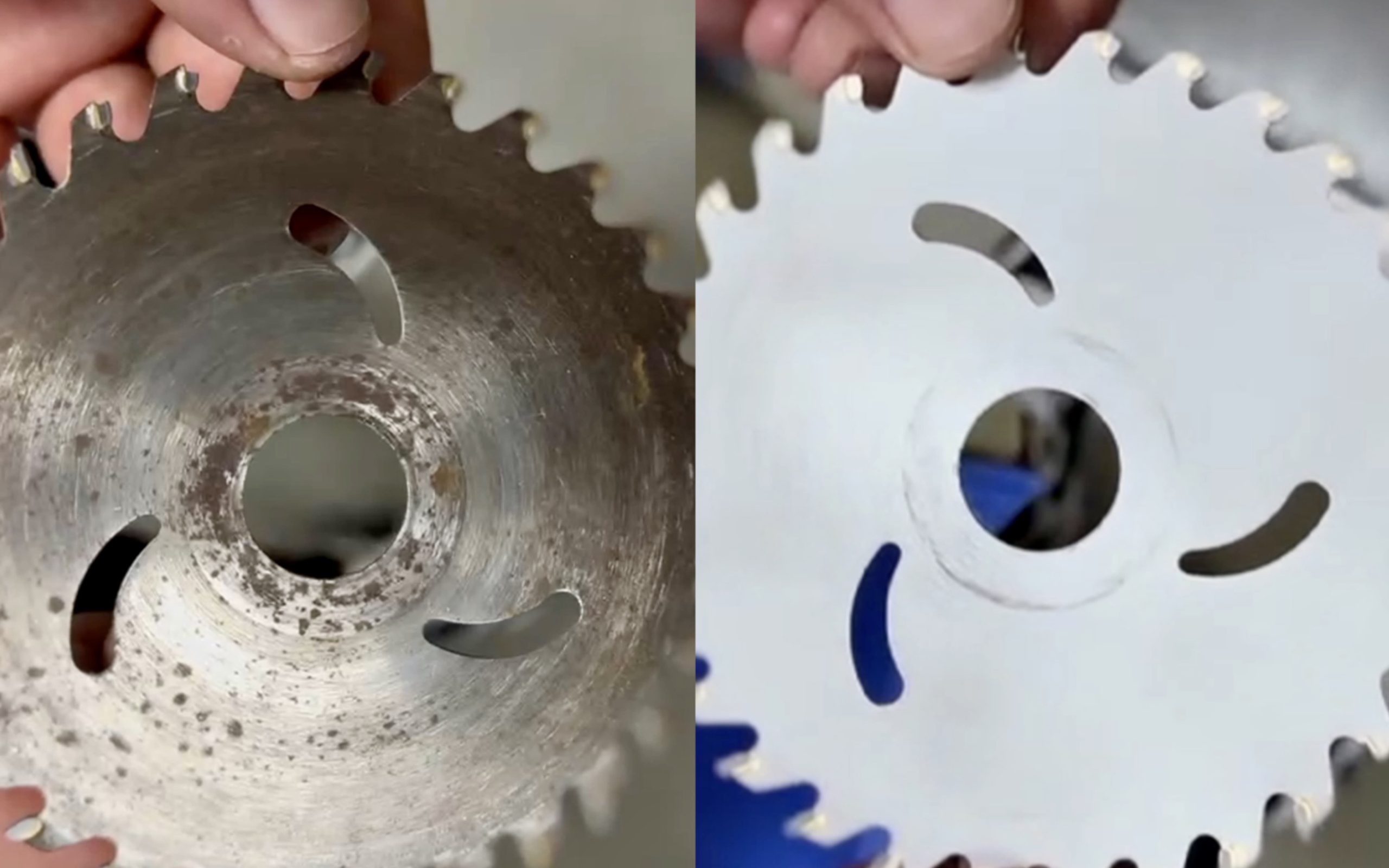
Are there materials that cannot be sandblasted?
In the surface treatment and cleaning process of metal, glass, or plastic, sandblasting has been widely used in various industries as an efficient and flexible process. However, many customers usually worry about the following issues when considering sandblasting cleaning:
Will sandblasting damage fragile materials? How to ensure that every detail of complex parts is thoroughly cleaned? Can sandblasting have a significant effect when facing severely corroded metal?
These questions reflect the general confusion and concerns of customers when choosing surface cleaning solutions. But, with the advancement of sandblasting technology and materials, combined with suitable equipment and sandblasting media, almost all cleaning needs can be solved by sandblasting.
The following will focus on five common cleaning pain points and explore how to use sandblasting technology and materials to help customers solve these difficult problems while improving work efficiency and effectiveness. Focus on five common sandblasting materials and show their application scenarios in surface cleaning.
Pain Point 1: Challenges in Cleaning Fragile Surfaces
Customer Question: Many people worry that sandblasting may cause irreparable damage to fragile materials, such as glass, plastic, or precision mechanical parts, especially the impact force generated during sandblasting may cause surface scratches, cracks, or even direct damage to the material.
Sandblasting Solution:
- Suitable sandblasting material: glass beads
Glass beads are a very suitable sandblasting medium for cleaning fragile surfaces. Its particles are smooth and spherical and have moderate hardness. They can effectively reduce the friction on the surface during surface cleaning and will not cause scratches like sharp particles. In addition, glass beads can gently clean the surface while improving the gloss of the surface and improving the appearance of the material.
- Suitable sandblasting machine: low-pressure sandblasting equipment
When dealing with fragile materials, the choice of sandblasting equipment is crucial. Using low-pressure sandblasting equipment with adjustable pressure, especially wet sandblasting machines, can effectively reduce the impact of the sprayed particles on the surface and avoid surface damage caused by excessive pressure. Wet sandblasting can also further reduce the damage to materials caused by particle friction through the lubrication of water, and is an ideal choice for processing fragile materials such as glass and plastic.
Application case:
A precision optical equipment manufacturer needs to regularly clean lenses and optical glass. These materials are extremely fragile and have very high requirements for surface cleanliness. Since traditional chemical cleaning and mechanical polishing methods are difficult to achieve both damage-free and efficient cleaning effects, the company chose to use glass beads combined with low-pressure wet sandblasting machines. This not only successfully removed surface attachments, but also improved the finish of the glass lens, significantly improving the subsequent assembly and imaging quality.

Camera Lenses
Pain point 2: Difficulty in cleaning metal with large areas of rust
Customer problem: In some industrial applications, especially mechanical equipment, shipbuilding, and construction industries, metal materials exposed to harsh environments will cause large areas of rust. This rust not only affects the appearance of the material but also greatly reduces its structural strength. Traditional manual rust removal methods are often time-consuming and labor-intensive, and the effect is not good. How to efficiently clean large areas of rusted metal surfaces has become the main pain point for customers.
Sandblasting solution:
- Suitable sandblasting materials: brown corundum, steel shot, aluminum oxide
These sandblasting materials are known for their high hardness and wear resistance and are particularly suitable for treating severely corroded metal surfaces.
- Brown corundum: Brown corundum particles are sharp and hard, and it is a very effective rust removal material. It can quickly remove rust and scale on the metal surface, and leave a certain degree of roughness to facilitate the subsequent coating adhesion.
- Steel shot: The steel shot is slightly softer than brown corundum and is suitable for use in occasions where a certain surface finish needs to be retained. It can remove rust and improve the fatigue resistance of the metal surface through the cold work hardening effect produced by the blasting.
- Aluminum oxide: Aluminum oxide has both high hardness and relative lightness, which is suitable for treating thick rust layers, especially in the aviation and automotive industries, and can ensure that the integrity of the workpiece is maintained while removing rust.
- Suitable sandblasting machine: heavy industrial sandblasting machine
When dealing with large areas of rust, using a high-power, heavy-duty industrial sandblasting machine can greatly improve efficiency. This type of equipment is usually equipped with a large-caliber nozzle, which can quickly process large areas of metal surfaces. In addition, it is equipped with an adjustable air pressure system, which can adjust the sandblasting intensity according to the different degrees of rust to ensure the best cleaning effect.
Application case:
When a ship repair company was renovating an old hull, it encountered a large area of rust on the outside of the hull. Manual grinding was time-consuming and labor-intensive, and the cleaning effect was uneven. By using high-hardness brown corundum media with a heavy-duty sandblasting machine, the rust layer on the outside of the hull was quickly and thoroughly cleaned, and the whole process was completed efficiently. The surface roughness after sandblasting is moderate, providing an ideal substrate surface for subsequent coating processes, improving the adhesion of the anti-corrosion coating, and thus extending the service life of the hull.
Pain point 3: Cleaning challenges of complex shapes or multi-angle workpieces
Customer problem: In many industrial applications, the shape of the workpiece is very complex, such as equipment parts with multiple angles or internal pipeline structures. Such complex-shaped workpieces often have many difficult-to-reach areas, which are very prone to accumulation of dirt, rust, or coating residues. Traditional surface cleaning methods make it difficult to effectively cover all corners, resulting in incomplete cleaning, which in turn affects the quality of the product and the effect of subsequent processing.
Sandblasting solution:
- Suitable sandblasting materials: glass beads, steel sand, ceramic sand
For workpieces with complex shapes, it is crucial to choose the right sandblasting material. Depending on the material, cleaning requirements, and complexity of the workpiece, the following media can be used:
- Glass beads: Glass beads are relatively gentle and suitable for cleaning the surfaces of more delicate or fragile workpieces. In the surface cleaning of complex shapes, glass beads can flexibly enter hard-to-reach corners and evenly treat the surface without damaging the original shape of the material.
- Steel sand: Steel sand is harder and more suitable for processing workpieces with higher surface roughness requirements. Its round particles can provide a strong cleaning effect on surfaces at multiple angles, removing stubborn dirt and rust.
- Ceramic sand: Ceramic sand has excellent wear resistance and high hardness, and can effectively remove deposits on multi-angle workpieces while ensuring surface finish.
- Applicable sandblasting machine: multifunctional sandblasting machine with rotating nozzle
For workpieces with complex shapes, using a multifunctional sandblasting machine with a rotating nozzle can more effectively clean every corner. The rotating nozzle can rotate at high speed to allow the sandblasting medium to contact the surface of the workpiece at different angles to ensure that there is no dead corner in the cleaning. In addition, equipment with nozzles of different diameters can adjust the sandblasting intensity and range according to the complexity of the workpiece.
Application case:
When an airline was maintaining an aircraft engine, it was found that the engine blades and internal structures had complex shapes and were severely corroded. Conventional cleaning methods cannot effectively remove deposits and cannot enter the narrow area inside the engine. By using glass beads as sandblasting media and sandblasting equipment with a rotating nozzle, the rust and residue on the surface and internal structure of the engine blades were successfully removed, ensuring the comprehensiveness and fineness of the cleaning, greatly improving the service life and working efficiency of the engine.
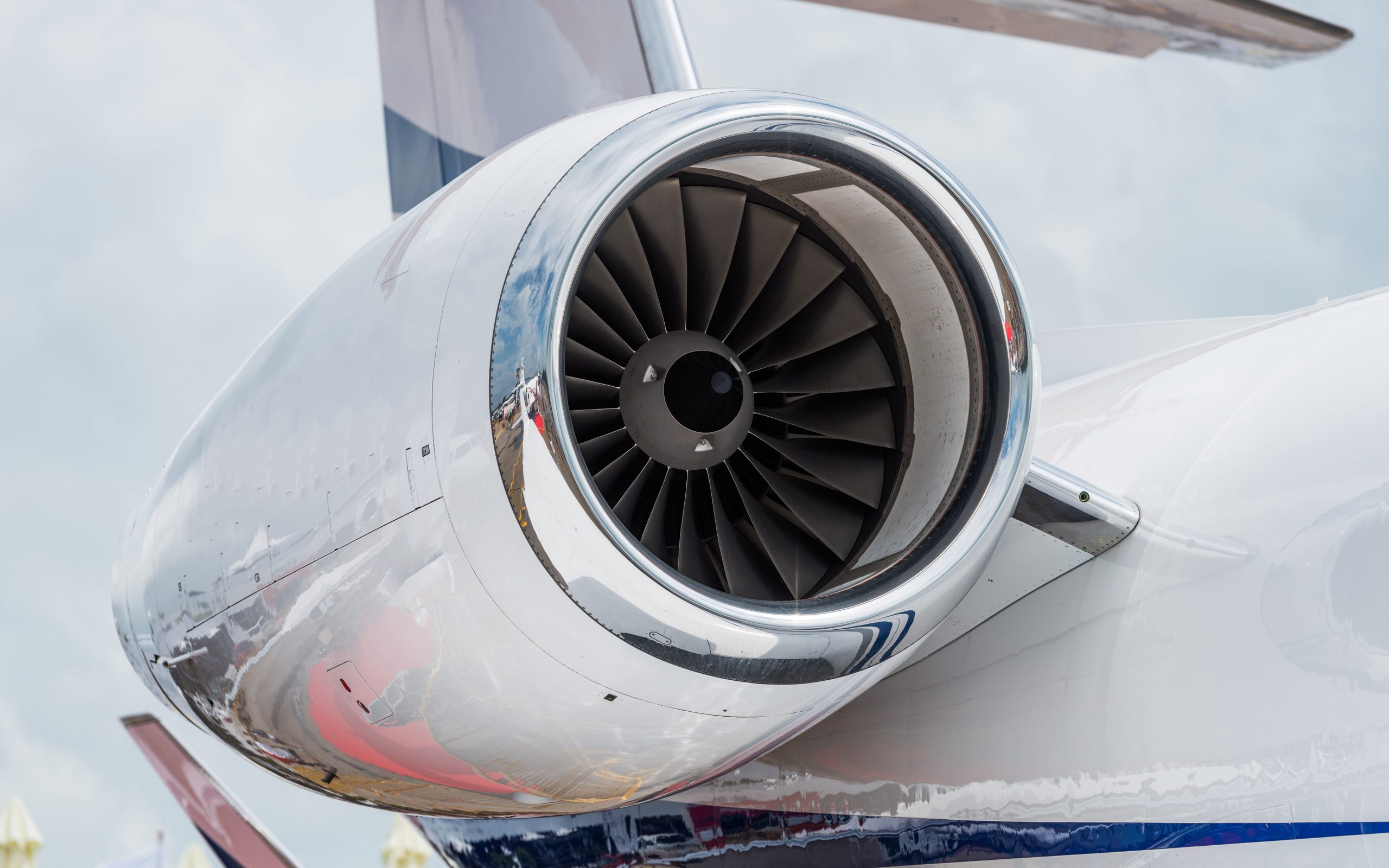
Engine blades
Pain point 4: Surface cleaning needs of soft materials
Customer problem: Some parts in the industrial field are made of soft materials, such as aluminum alloy, copper, plastic, etc. These materials are easily damaged or deformed in traditional mechanical or chemical cleaning. For these materials, customers often need to ensure that the surface is cleaned without scratching, denting, or other physical damage. This challenge makes many cleaning solutions inflexible or inefficient.
Sandblasting solution:
- Suitable sandblasting materials: glass beads, aluminum oxide
For soft materials, it is key to choose a sandblasting medium that is gentle but can provide effective cleaning effects. Here are two sandblasting media suitable for soft materials:
- Glass beads: Glass beads have a smooth surface and low friction, which is ideal for cleaning soft materials. It can remove dirt, oxide layers, and light rust without damaging the surface, especially for softer metal surfaces such as aluminum and copper.
- Aluminum oxide: For soft materials that require more efficient cleaning, aluminum oxide can provide moderate cleaning effects. It is relatively hard but not enough to damage the surface of the material, and can effectively remove stubborn stains, oxides, and surface defects.
- Suitable sandblasting machine: low-pressure sandblasting equipment
To avoid damaging the surface of soft materials, low-pressure sandblasting equipment is an ideal choice. By reducing the blasting pressure, the impact force of the medium on the surface can be precisely controlled, making the cleaning process more gentle. This type of equipment is usually equipped with a pressure regulating system that can flexibly adjust the spray intensity according to the needs of different materials, ensuring the surface cleaning effect while protecting the workpiece surface.
Application case:
When cleaning copper joints, an electronic equipment manufacturer encountered the problem of excessive cleaning causing joint deformation. By selecting glass beads as the blasting medium and combining them with low-pressure blasting equipment, the ideal cleaning effect was finally achieved. The gentle impact of the glass beads not only effectively removes oxides, but also maintains the precision and integrity of the joints, avoiding damage caused by excessive treatment.
Pain point 5: High-gloss surface combined with a variety of materials
Customer problem: Customers have high requirements for the finish or roughness of the surface after treatment, especially in coating or decorative treatment. Many customers have strict standards for surface quality. For example, in the automotive industry, a high-gloss surface not only affects the appearance but may also affect the adhesion and durability of the coating; in the field of electronic products, the smoothness of the shell is directly related to the overall quality of the product and user experience. It is often difficult to achieve these high-standard surface requirements with a single material or process, resulting in challenges for customers in production.
Sandblasting solutions:
- Combination case 1: Surface cleaning of automotive parts
- Sandblasting materials: Steel shot + Glass beads
- Applicable machines: Double-chamber sandblasting machine
Dual-chamber sandblasting machines can use two different sandblasting materials simultaneously or alternately, thereby achieving a variety of surface treatment effects in one operation, improving work efficiency and ensuring treatment quality.
- Application case: In the surface treatment process of automotive parts, steel shot is first used for basic smoothing to remove large roughness and defects. Then switch to glass beads for fine polishing to improve the gloss and smoothness of the surface. This combination ensures that the final surface is not only smooth but also has high gloss, which fully meets the customer’s requirements for aesthetics and durability.

Bright and clean appearance
- Combination case 2: Surface cleaning of electronic product housings
- Sandblasting materials: Ceramic particles + aluminum oxide
- Applicable machines: Cyclone sandblasting machine
Cyclone sandblasting machines use centrifugal force to quickly circulate the sandblasting medium, effectively controlling the spraying speed and angle and are very suitable for fine surface treatment.
- Application case: In the processing of electronic equipment housing, ceramic particles are first used to remove the oxide layer and surface defects, providing strong grinding. Then, aluminum oxide is used for subsequent polishing to ensure a smooth and delicate surface. This combination not only improves the aesthetics of the housing but also enhances wear resistance, meeting the market’s demand for high-quality electronic products.
- Combination Case 3: Surface Cleaning of Aerospace Parts
- Sandblasting Materials: Silica Sand + Polystyrene Beads
- Applicable Machines: Sandblasting Room
The sandblasting room provides a closed and well-controlled environment to ensure safety and consistency during the sandblasting process and is suitable for processing large-sized workpieces.
- Application Case: In the surface treatment of aerospace parts, silica sand is first used for the preliminary removal of oxide layers and surface defects, providing good grinding effects. Subsequently, polystyrene beads are used for detailed polishing to ensure that the final surface has extremely high finish and corrosion resistance. This combination not only meets the aerospace industry’s requirements for material strength but also ensures surface quality and reduces the risk of parts in high-temperature environments.
Have the above 5 major pain points eliminated your doubts?
The diversity of sandblasting surface cleaning enables it to adapt to different surface requirements. Combined with suitable materials and equipment, it can effectively solve various cleaning problems. Whether it is the gentle treatment of fragile materials or fine cleaning of complex surfaces, sandblasting technology can provide precise solutions. In addition, with the increasing environmental protection requirements, sandblasting technology is also constantly evolving to meet the market’s demand for sustainability and high finish.
It is recommended that you fully consider your specific needs when choosing sandblasting materials and equipment. If you need help, please consult professionals and we will serve you wholeheartedly.



